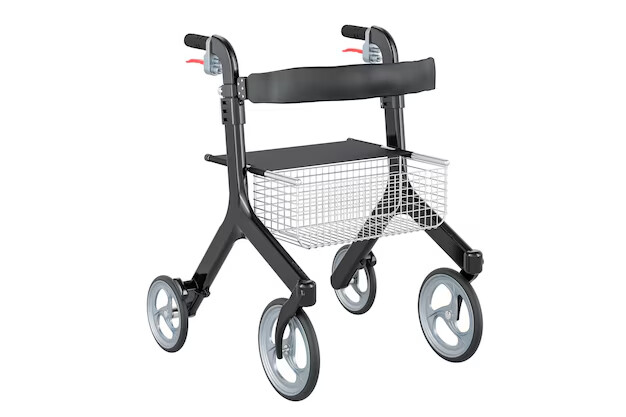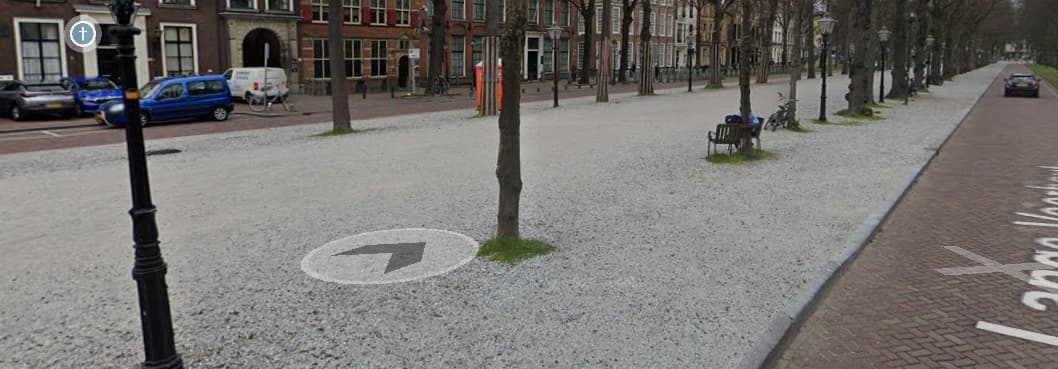This area with the trees in Den Haag, Nederland, is called “Schelpenpad” (Shell Path). Horses and carriages pass here every year to show off the royal family, not on the streets but on the Schelpenpad.
It’s mapped as a pedestrian area. with a few “paths” linking places where the kerbs are lowered to allow wheelchairs and peple with walking aids (“rollator” is that a word used in Englis?) easier access.
From there, it’s not a big step to call this beach a path, stretching the entire Dutch coastline:
Numerous routes and lots of biking, riding and hiking events use this path.
Probably curb ramp (pram ramp in British English).
Haha! I meant the walking aid, not the ramp! I found this is called a walker or walker frame (=“looprekje” in Dutch)

and the variants with wheels we call “rollator” which is fake latin-ish.

Apparently it is (Argos, a UK catalogue reseller, understand it). More often referred to as a “walker” though.
Can you link the edit?
Although according to my gf, who is a carer, the wheeled one is a Zimmer Frame
My mum, who worked as a carer in Truro about 15 years ago, also knows this as a “walker”.
My edit here. A lot of water ran down the Thames meanwhile, a bit still visible. Two things: 1) =path and =designated are very closely related, both historically and conceptually. 2) I found it necessary to explain, what generic means in generic terms. This formula I was quite fond of, it isn’t there no more, People don’t like generics, they prefer samples:
By itself, as a bare {{Tag|highway|path}} it conveys close to no information of the properties of the mapped feature: Mostly, it just states, the surrounding area can be passed there, by one or more indeterminate means.
Path is telling you not much more than highway= already does. “Not meant for cars”, I think that’s it?


